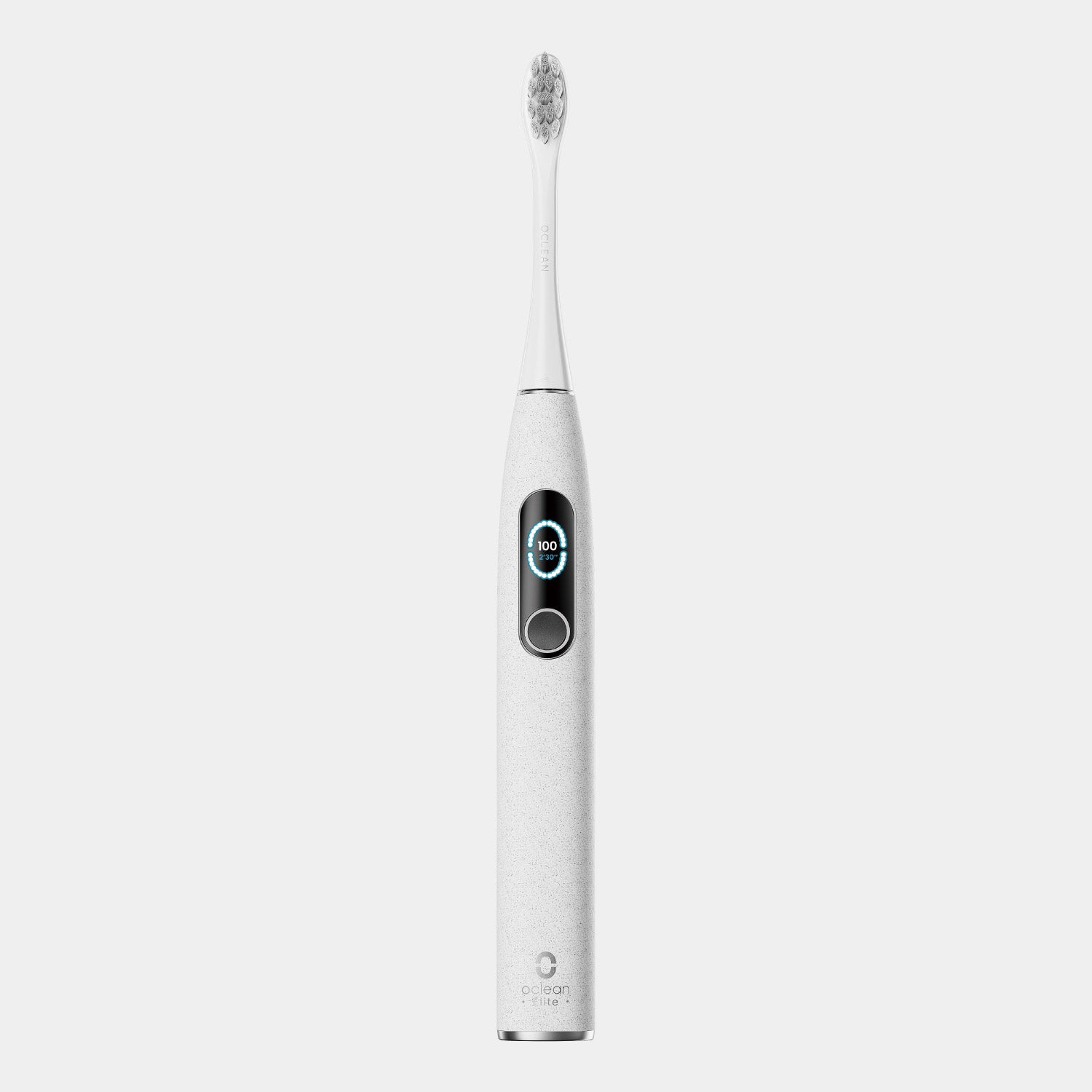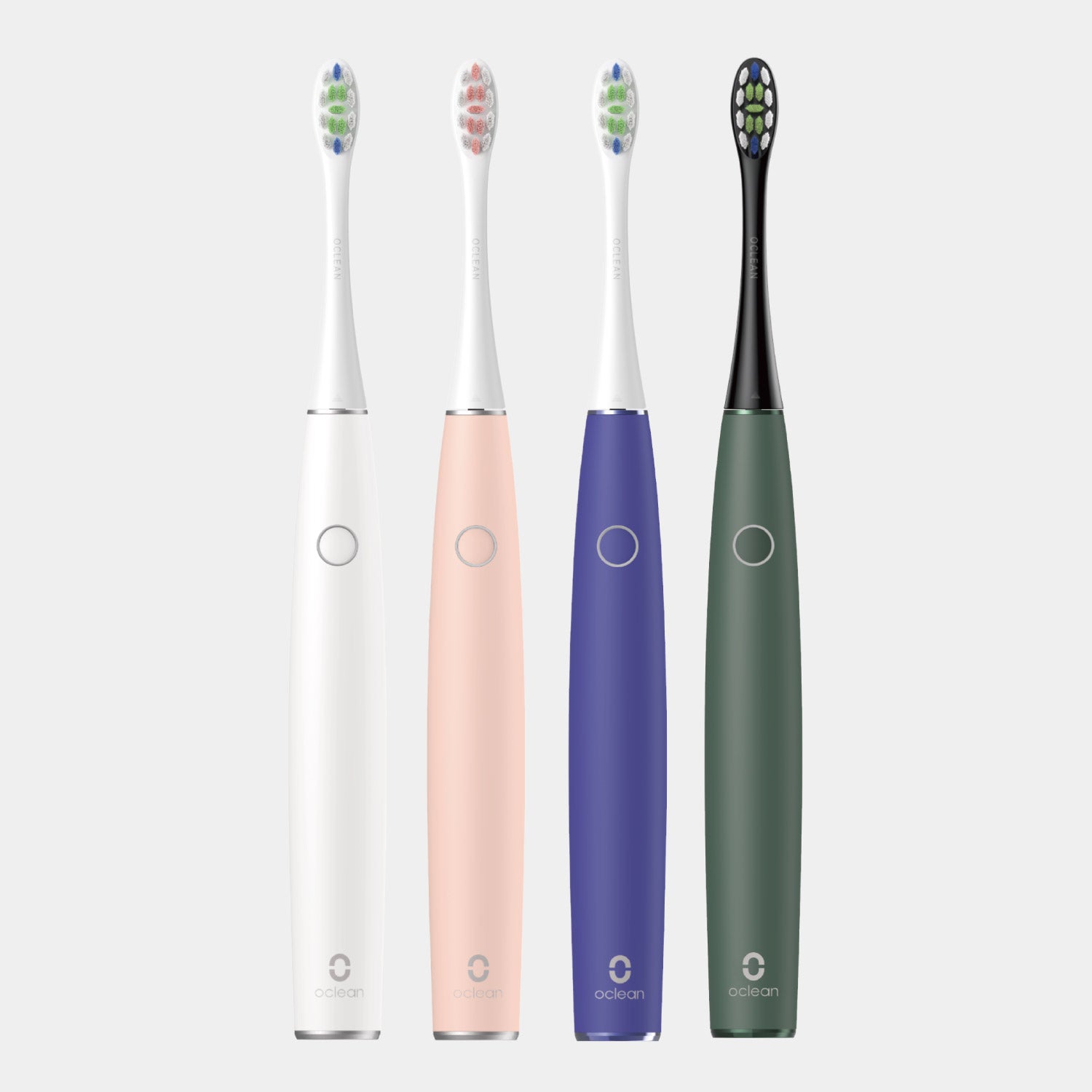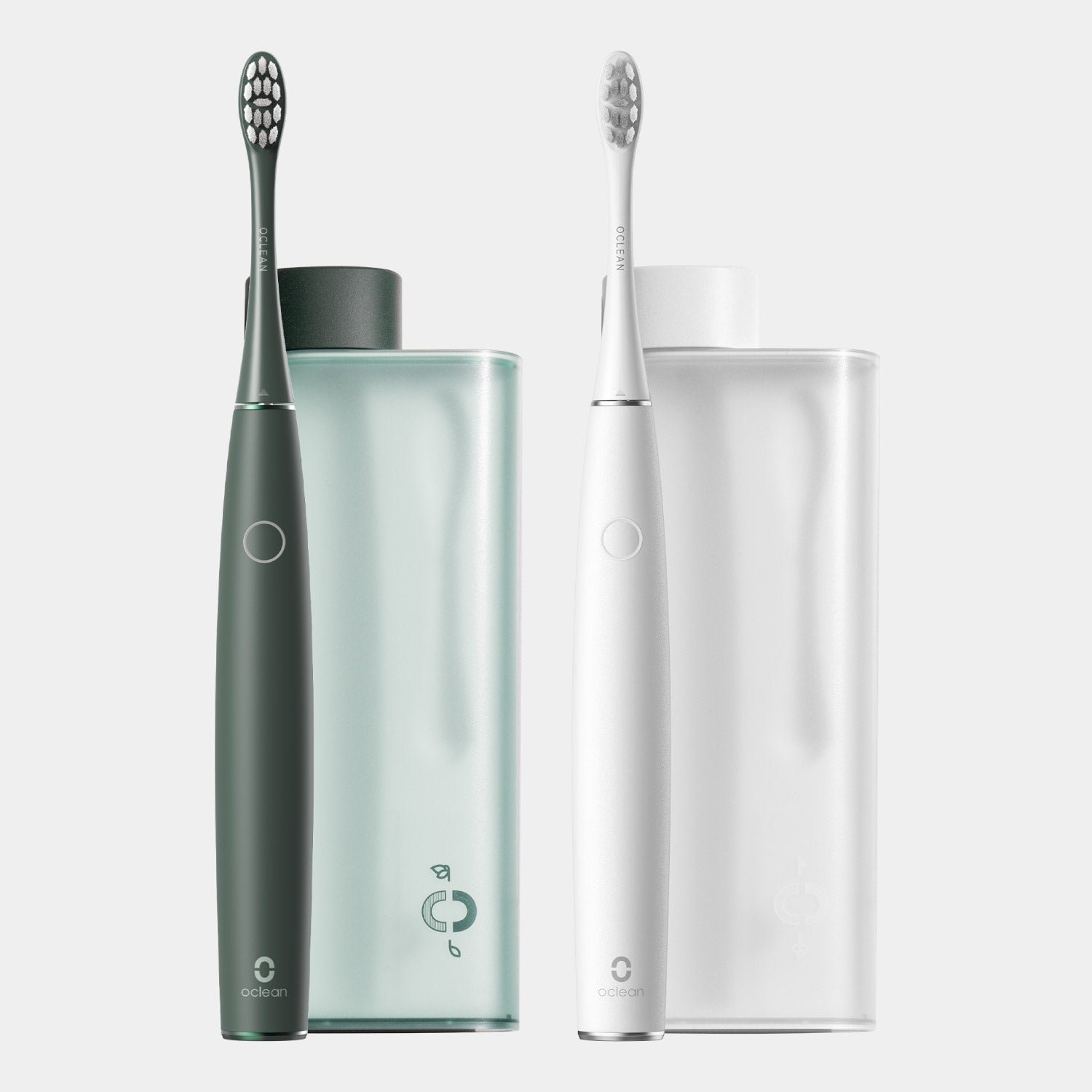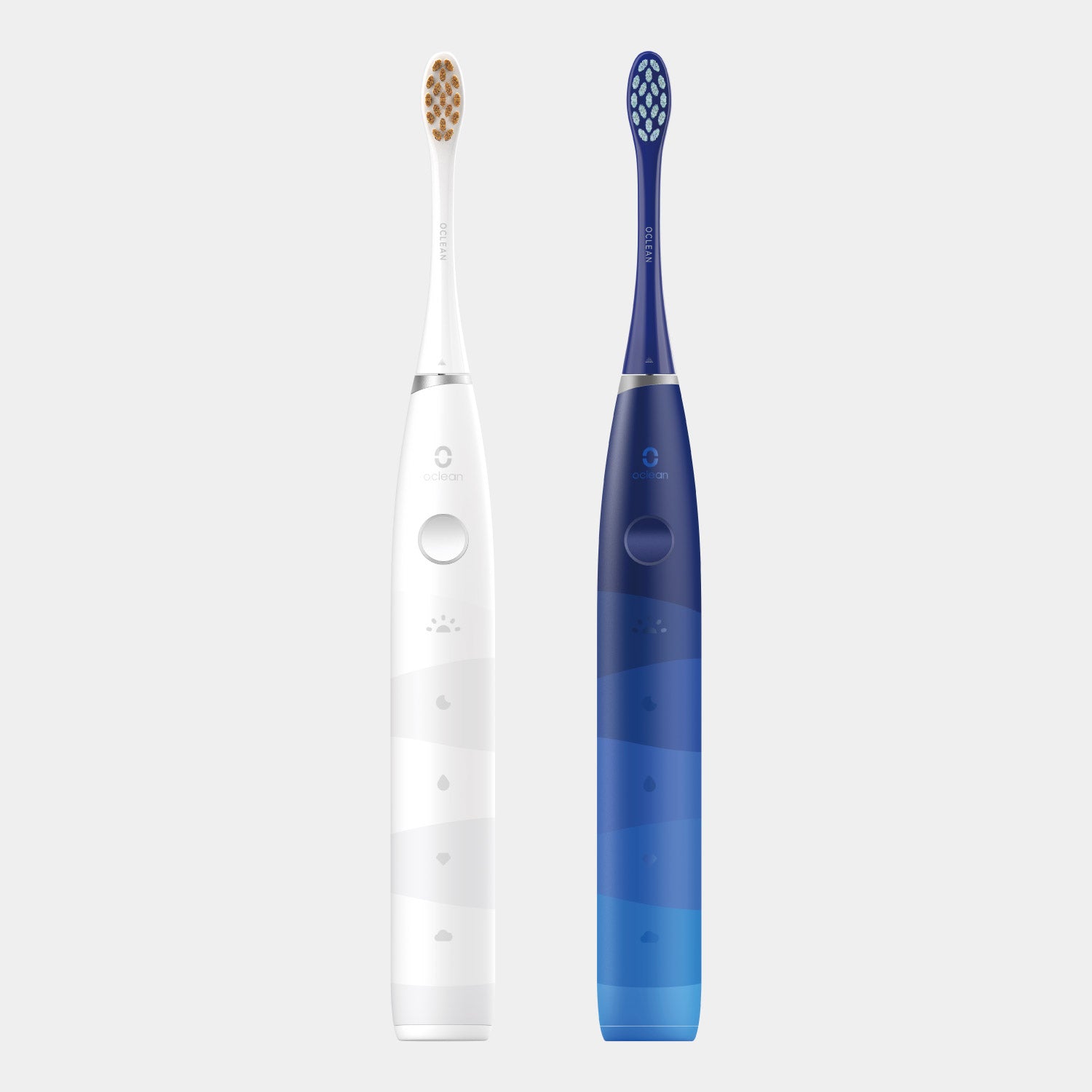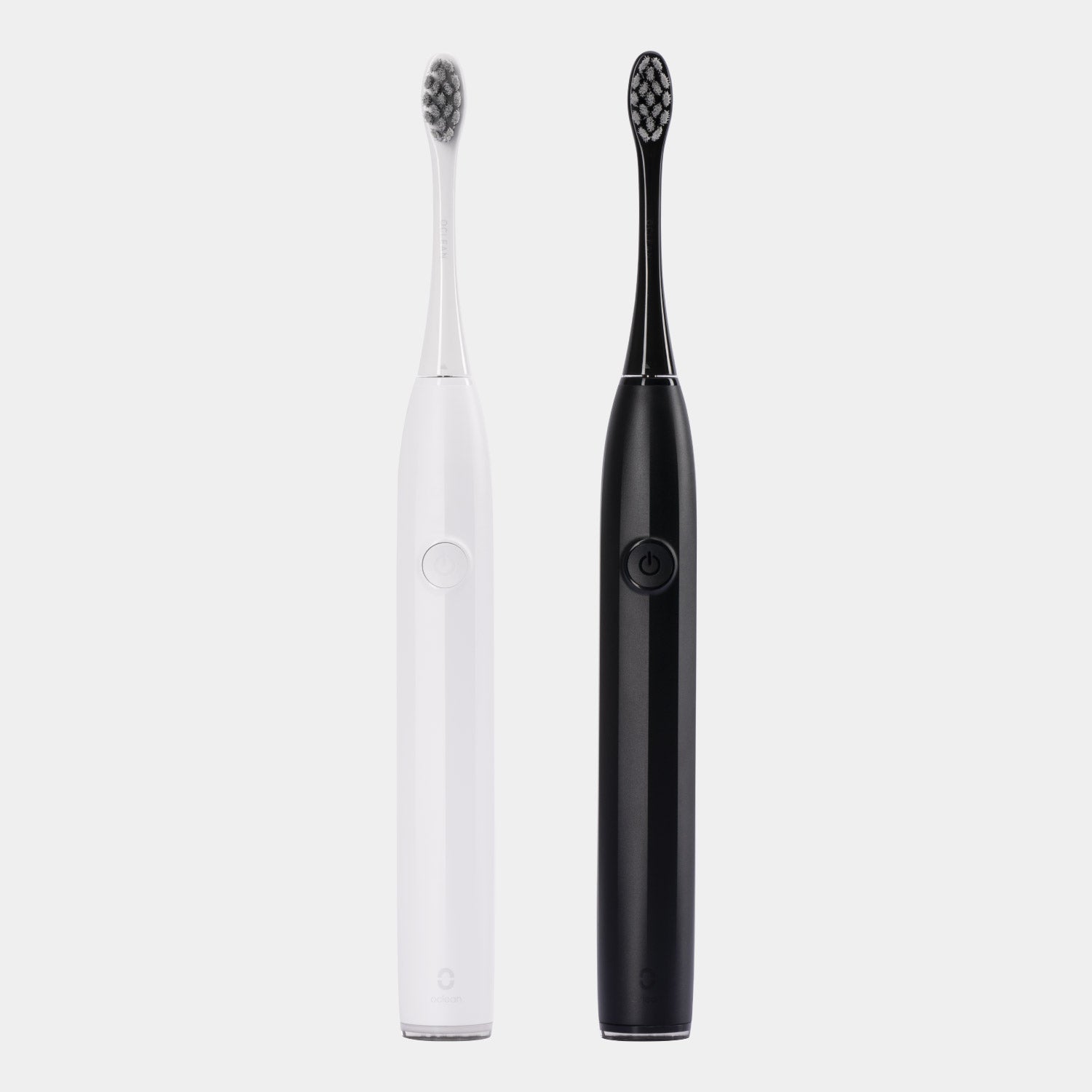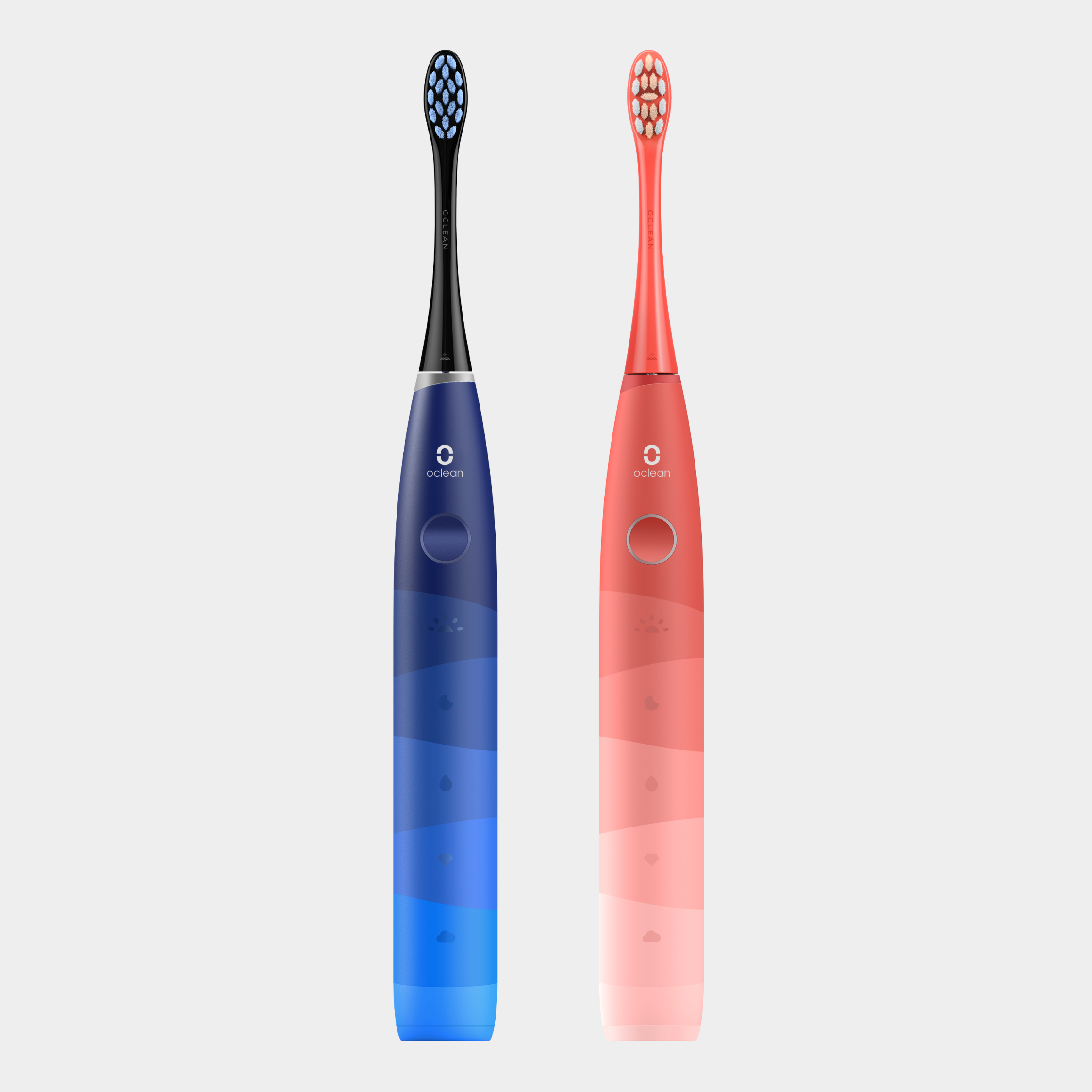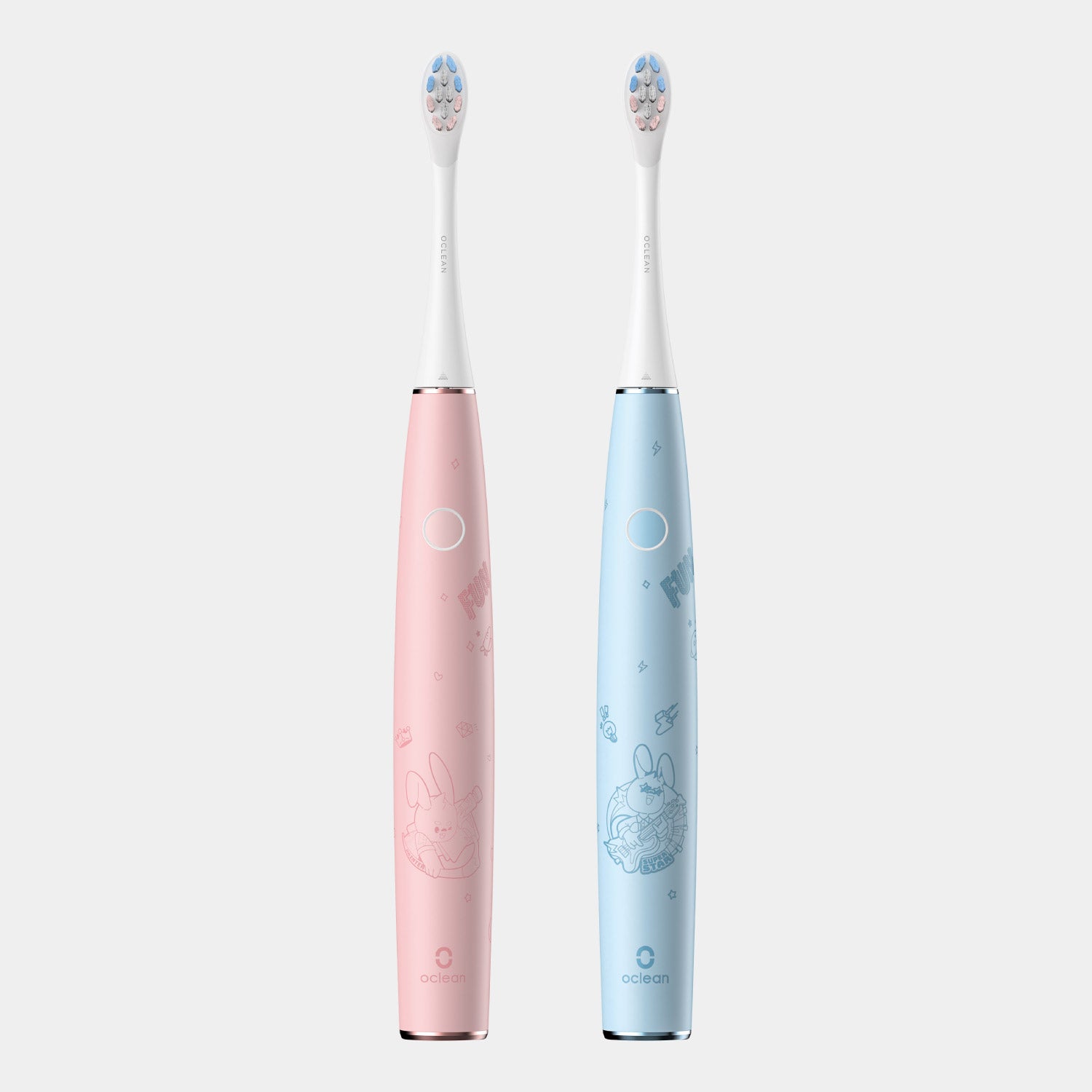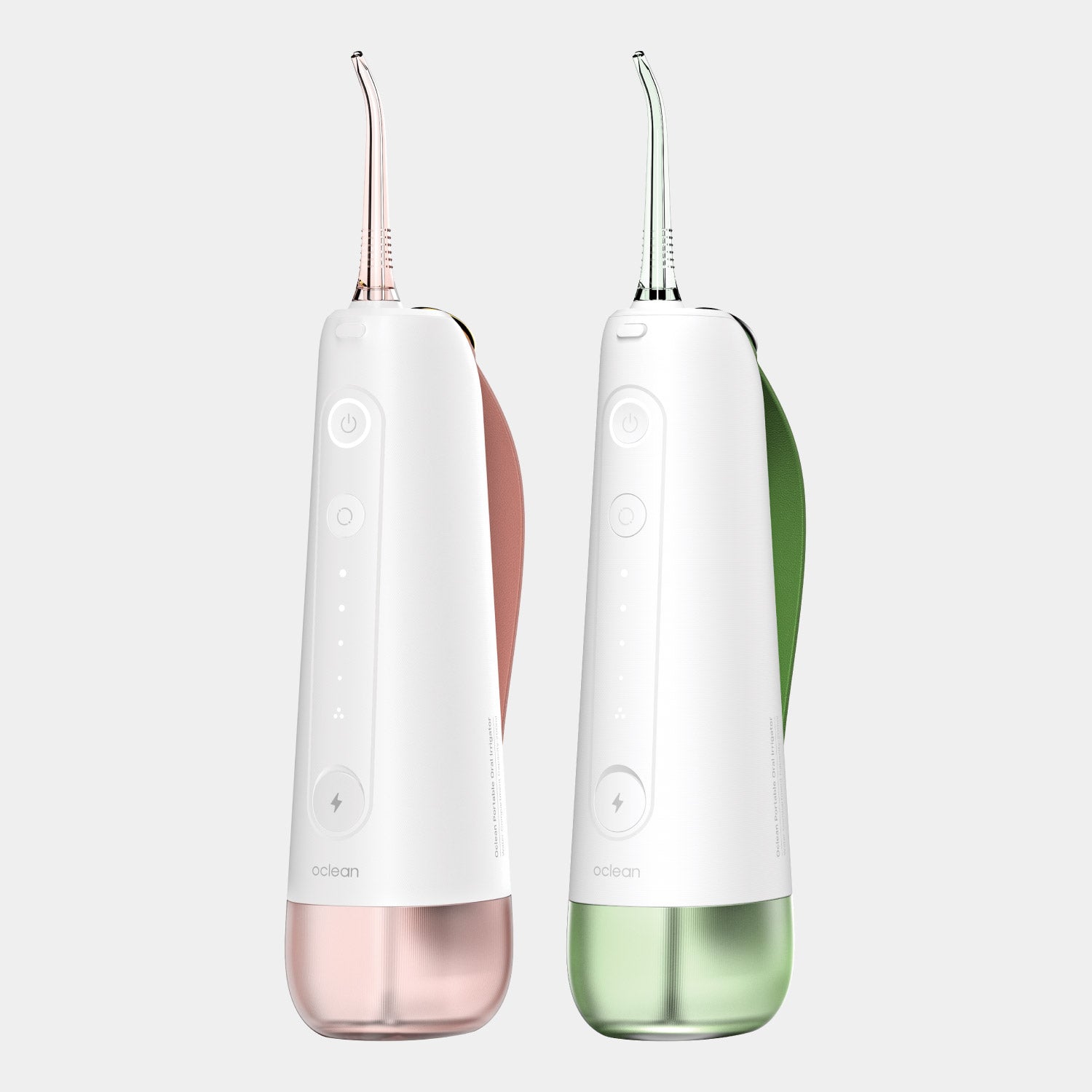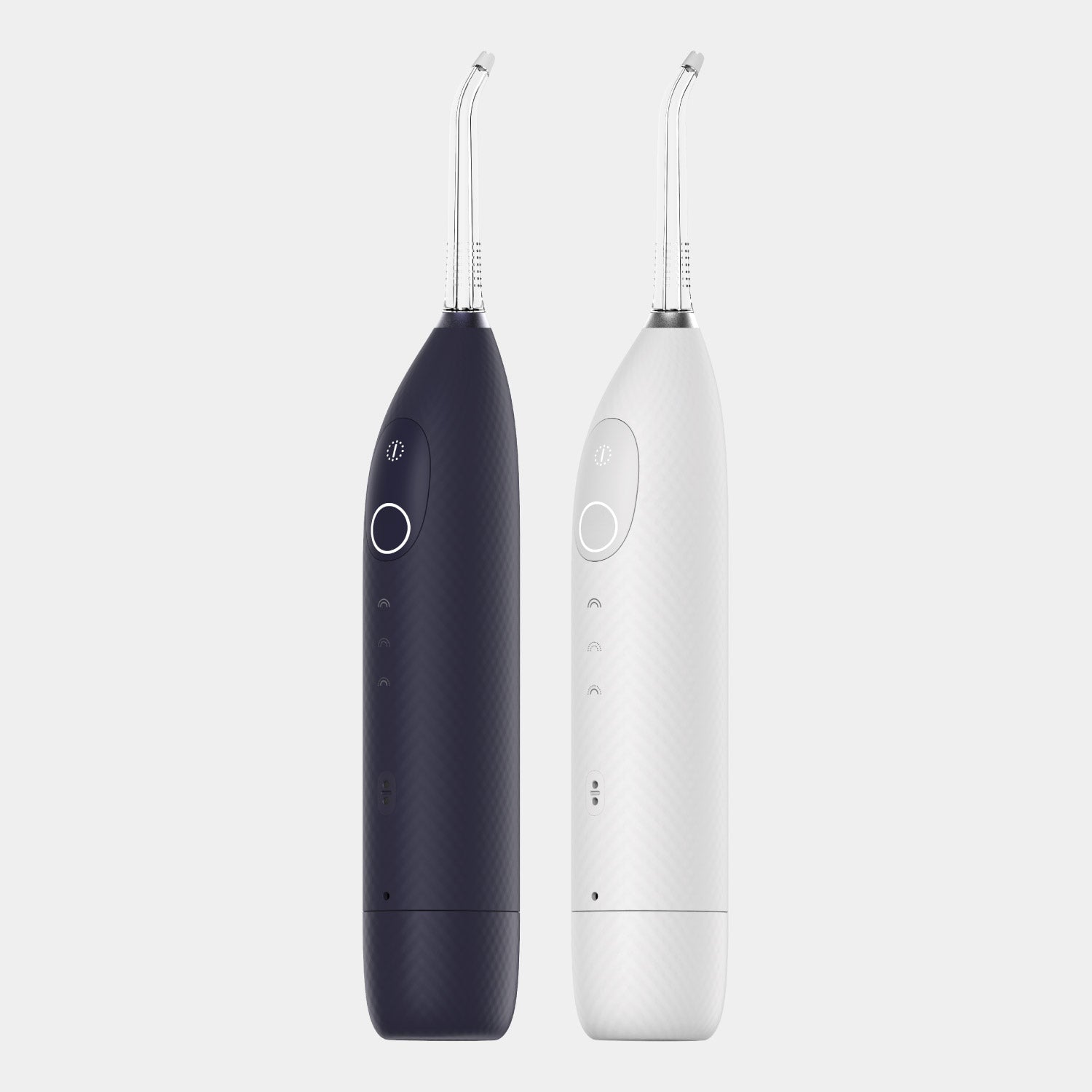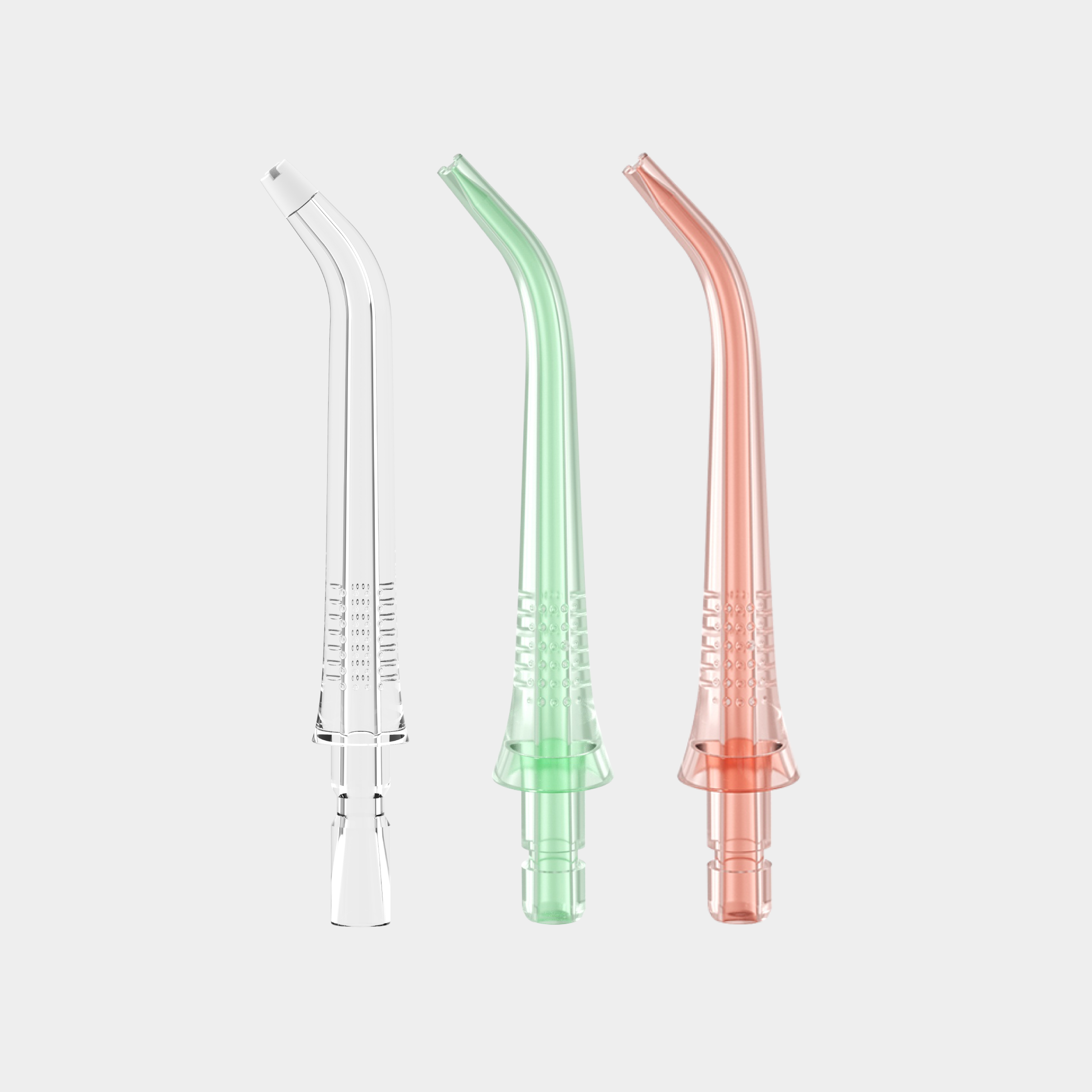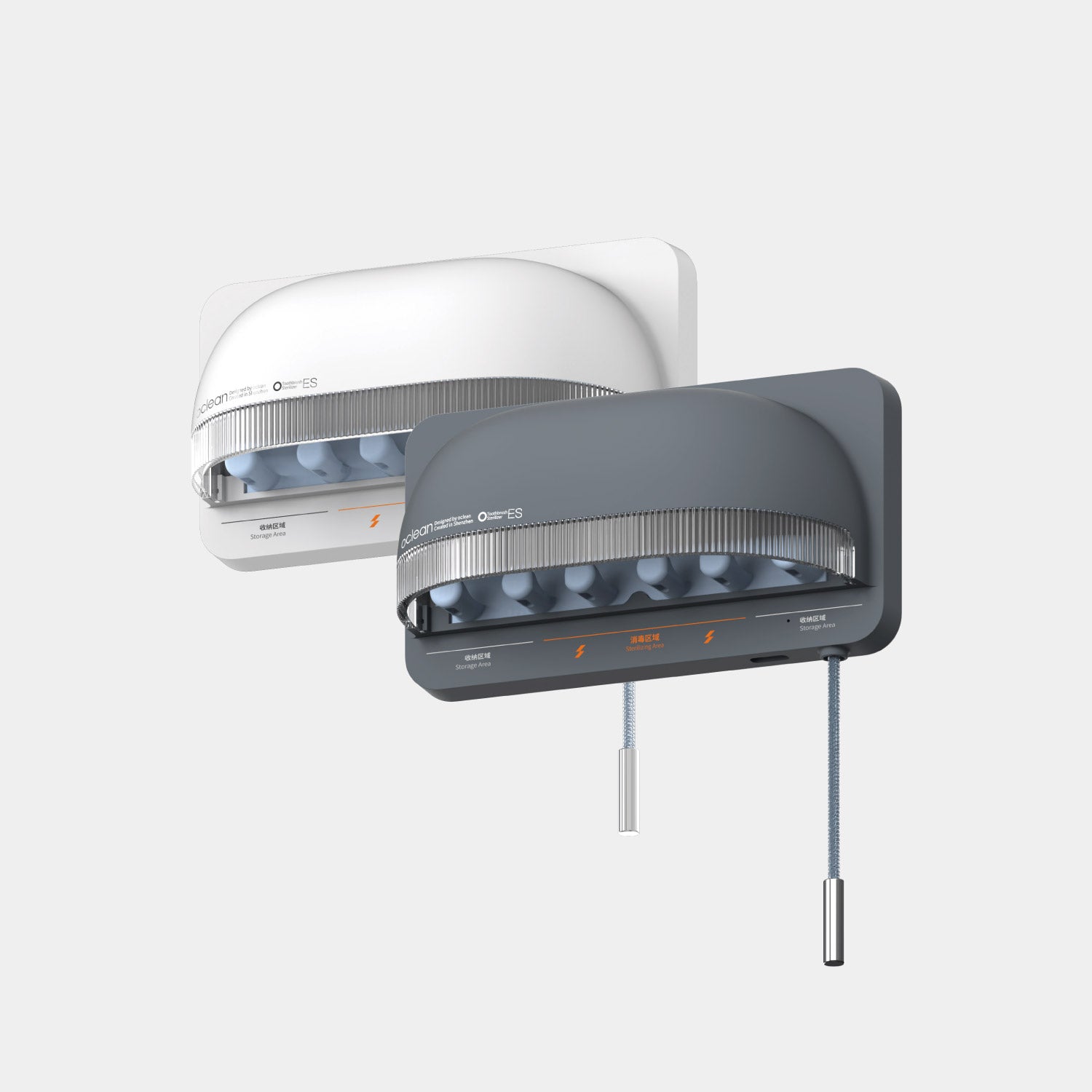Your tooth is composed of three parts: the crown, the neck, and the root. The crown and neck sit above the gum line – it’s the bit of the teeth that’s visible. However, the roots go deep into the jaw, anchoring the tooth in place. But it’s not just security that they offer – all the nerves and blood vessels pass through the roots into the dental pulp. Without these valuable structures, your tooth would begin to decay and die.
Unfortunately, in some people, the root gradually becomes exposed, increasing the risk of infection, tooth decay, and eventually tooth loss. Any exposure of the root to air can cause some sensitivity.
One of the more unusual symptoms people complain of is double vision. Can an exposed tooth root cause double vision? What other symptoms does it cause? And how is it treated? Find out below.
What is an Exposed Tooth Root?
An exposed tooth root occurs when the gum tissue begins to recede from the tooth. Usually, the tooth root is covered by the gums, protecting the cementum that keeps the root anchored in place. As this becomes exposed, it can wear away, creating an entry point for bacteria to enter.
Each tooth has either two or three roots. These roots appear like a prong and, as mentioned, contain vital structures such as nerves and blood vessels. If the exposed root becomes infected, it can risk the entire tooth.
Causes of an Exposed Root
Tooth roots rarely become exposed overnight. It’s usually a gradual process where either poor oral hygiene or incorrect brushing techniques reveal the root. Potential causes include:
Gum Recession
One of the most common causes of exposed roots is gum recession, where the gum pulls away from the teeth. Usually, the gum tissue acts as the main barrier protecting the roots. While it may not expose the entirety of the root – the more that is exposed, the greater the risk of complications.
People with gum recession often complain about sensitivity or pain. The condition results from gum disease, excessive or hard brushing, age, smoking, poorly fitted dentures, and damage from surgery or injury.
Identifying the underlying cause can correct any issues. If the gum is left to heal, it may return to normal, reducing the risk of infection.
Mouth Injury
In rare cases, direct injury to the mouth can expose the roots. How? Well, if there is blunt force trauma that causes the teeth to move, loosen, or even break off, the root itself can become visible. Such trauma usually occurs due to a car accident or a sports injury.
In such cases, a root canal procedure may be performed as the nerve can be exposed. If possible, your dentist will try to save as much of the tooth as they can.
Tooth Decay
Poor dental hygiene causes a gradual build-up of decay and plaque that harm the protective enamel coating. This plaque can force the gum away from the tooth, exposing the root and opening up the gums to infection (periodontitis). If left untreated, the infection can get deep into the gums, forming an abscess.
Keeping your teeth clean and having regular visits to the dentist will prevent tooth decay. However, if you eat lots of sugary foods and forget to brush, an exposed tooth root is a possibility.
Poorly Aligned Teeth
Misaligned or crowded teeth increase the risk of gum disease and tooth decay. Such teeth can rotate or shift, pushing the roots up above the gumline. Your dentist can perform corrective measures that will properly align your teeth, preventing further damage.
Other Causes
In addition to these common causes, there are a few other reasons for an exposed root. These include:
· Complications from oral surgery
· Lost fillings
· Medications (those that harm the teeth or their roots)
· Genetic disorders or anatomical abnormalities
Your dentist will advise on the correct course of action. If you need to stop a medication, it should be done in consultation with your doctor.
Signs and Symptoms of an Exposed Tooth Root
The most common symptoms with an exposed tooth root are pain and sensitivity. People complain of toothache that progressively gets worse and a sensitivity to hot or cold foods. This is because the nerve root can be directly activated, leading to sudden, sharp pain when eating.
Alongside the pain, the tooth root is visible above the gumline. The gums might appear thinner with one or more prong-like projections apparent. Potentially concerning signs include:
· Damage to the gums exposes the deeper structures of the tooth.
· The crown of the tooth has broken off, revealing the root.
· The tooth is starting to shift, become loose, or detach.
As the symptoms worsen, it’s common to notice pain or bleeding when brushing. If the tooth root becomes infected, there will be swelling, redness, and pain – the tooth might even become loosened.
Can an Exposed Root Cause Double Vision?
As a general rule, an exposed root does not cause double vision (diplopia). Usually, this condition is related to the eyes, nerves, muscles, brain, and systemic diseases affecting these areas. That being said, if an exposed root leads to a severe dental infection, this could spread to other parts of the face and skull.
For example, if the infection spreads to the facial sinuses or deeper facial tissues, the muscles and nerves related to the eye could become involved. In these circumstances, double vision is a possible symptom.
However, it should be noted that this would be an extremely severe dental infection. Most causes will not result in any eye-related symptoms, although dental pain might lead to headaches, which can cause vision to become somewhat blurry.
When to See a Dentist
If you can see your tooth root, you should always see your dentist for an evaluation. It’s never normal to see your tooth roots.
Of course, leaving your condition until the root is exposed ignores the early signs. Your gum will begin to recede or become inflamed long before the root is visible. As such, people with the following symptoms should visit their dentist:
· Frequent gum bleeding
· Visible gum recession
· Pain when brushing your teeth
· Cold or heat sensitivity
· Changes in the shape of the teeth or gums
In rare cases, the root is exposed due to trauma or severe infection. If your tooth is broken, loose, accompanied by fever, or doesn’t respond to pain medication, seek emergency dental care. Store any broken pieces of tooth in saliva or milk and bring them with you.
Treating an Exposed Tooth Root
The treatment for an exposed root depends on the underlying cause. Most dentists will attempt to correct any major issues, whether that’s removing plaque and decay, aligning teeth, or performing emergency trauma surgery.
Common treatments include:
· Root Canal, Crown, or Tooth Extraction. If the tooth root is exposed due to decay, your dentist will take an X-ray to assess the severity of the damage. The more decay that’s present, the more invasive the treatment will be. A root canal or crown is preferred as this preserves as much of the tooth as possible. However, if the damage is extensive, the entire tooth might have to be removed.
· Scaling and Plaque Removal. For individuals with severe gum recession, the buildup of plaque above and below the gumline is the primary treatment. Most people will notice their gums begin to tighten back around their teeth afterwards. However, surgery to graft healthy gum tissue over the exposed roots is necessary in areas of severe recession.
· Braces and Other Orthodontic Treatments. Misaligned teeth can only be corrected by an orthodontist. Using braces and other devices, they can straighten the teeth, reducing the risk of future root exposure. If the teeth are severely misaligned, surgery might be necessary due to the level of decay.
· Emergency Surgery. Traumatic facial injuries can require a tooth to be removed or a root canal performed (especially if the nerve is exposed). Usually, the surgery is performed by an experienced dentist or surgeon.
Minor infections as a result of exposed roots are treated with antibiotics. Amoxicillin is the first-line treatment for dental infections. The site may require draining if an abscess has developed. Early treatment of infections reduces the risk of complications – or a root canal or tooth extraction.
Preventing an Exposed Tooth Root
One of the biggest issues people with exposed tooth roots face is brushing too hard. It’s something we’re acutely aware of at Oclean. By applying too much pressure, the gum begins to wear away, exposing the underlying roots.
The Oclean Electric Sonic Toothbrush is the leading option in our range. With a built-in maglev motor, it achieves 84,000 movements per minute – 20x the standard cleaning power of an electric toothbrush. It reaches the nooks and crannies without requiring immense pressure. Simply glide the toothbrush over your teeth, setting the 4 modes and 32 intensities to what’s right for you. In fact, there’s even a smart screen that tells you where to brush and where you’re missing.
Alongside a sonic electric toothbrush, always floss and use interdental brushes. Limit your intake of sugary foods, rinse your mouth after eating and drinking, and visit the dentist regularly. Remember, you only get one set of adult teeth – look after them.



